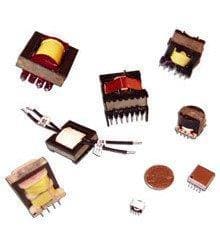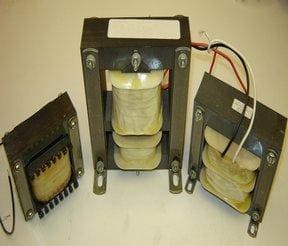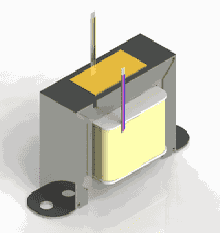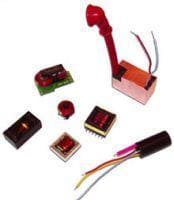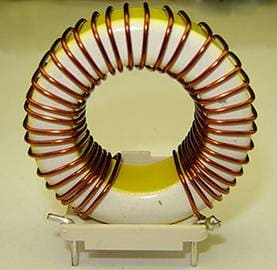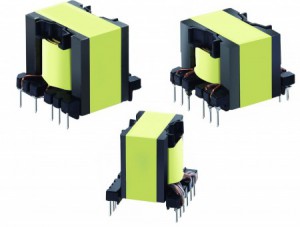
An inverter is used to convert direct current (DC) to alternating current (AC). By using different transformers, or switching circuits, you can get the desired value of voltage and frequency. This post will explain the designing of an inverter.
DESIGNING OF AN INVERTER
To understand the designing process of an inverter, we will go step by step.
Oscillator Circuit of an Inverter
The oscillator circuit is the first and the simplest part of an inverter. This astable multivibrator configuration can be built in a number of ways. You can build an oscillator circuit by using one of the following:
- NAND gates
- NOR gates
- IC 4060, IC LM567 (These integrated circuits have built-in oscillators)
- IC 555
- Transistors, Capacitors in standard astable mode
The output signal of an oscillator circuit is square wave or positive pulses. The pulses typically have a specific voltage level and the distance or space between the pulses denote the time period for which the voltage level is maintained. This voltage level is usually the same as the supply voltage applied to the IC.
Output Stage of an Inverter
You can design the output stage of an inverter in three ways. These are:
- Push Pull Stage: This configuration of an inverter has a center tap transformer. The outer ends of center tap are hot ends of output devices, such as MOSFETs. Based on the type of device used i.e. P type or N type, the center tap of transformer either goes to the positive or the negative of DC supply.
- Push Pull Half-Bridge Stage: A half bridge configuration has a better efficiency, and is bit more compact as compared to the center tap push pull circuit. This configuration necessitates capacitors of large value to implement the desired functions.
- Push Pull Full-Bridge: This configuration is also referred to as the H-bridge stage. Similar to a half bridge network, an H-bridge inverter also includes a standard two tap transformer. This configuration does not need a center tap transformer.
The only difference between a full bridge configuration and a half bridge configuration is the capacitors are eliminated and two more power devices are added in the circuit. A full bridge inverter circuit includes four transistors, which are arranged such that the configuration resembles the letter “H”. On the basis of the external driver oscillator stage, the four devices can either be N channel type or can be two P channel and two N channel devices.
Similar to a half bridge configuration, a full bridge configuration also necessitates a discrete alternating oscillating outputs. These outputs are responsible for triggering the device. The result? The primary of the transformer is exposed to reverse forward switching of the DC current. This switching then produces the desired stepped up voltage on the secondary output winding of the transformer. To get the best output, and for an increased efficiency, it is recommended to use this design.
This is a brief discussion on how an inverter is designed. In the next post, we will discuss the working and applications of an inverter.

